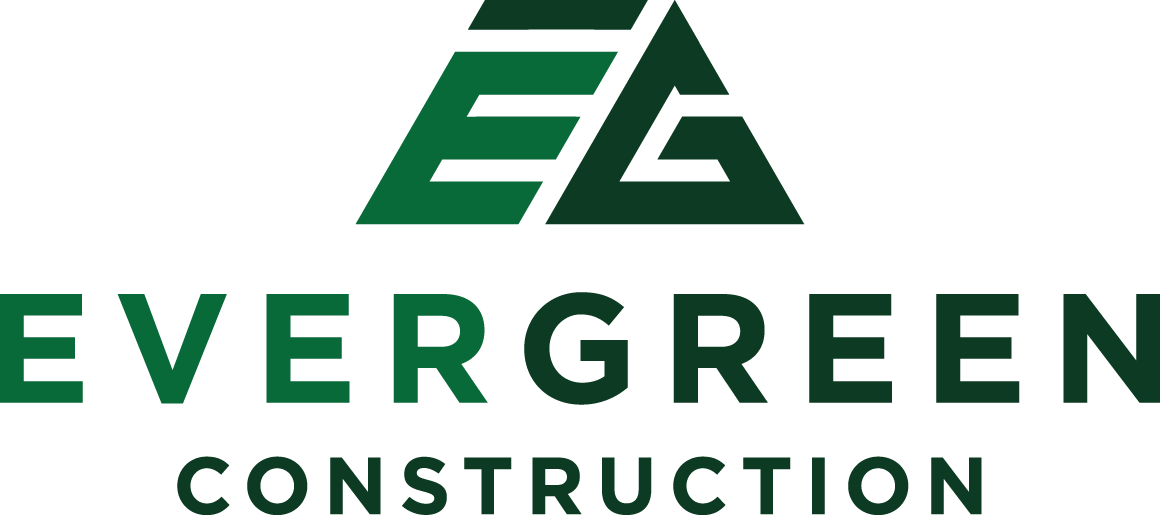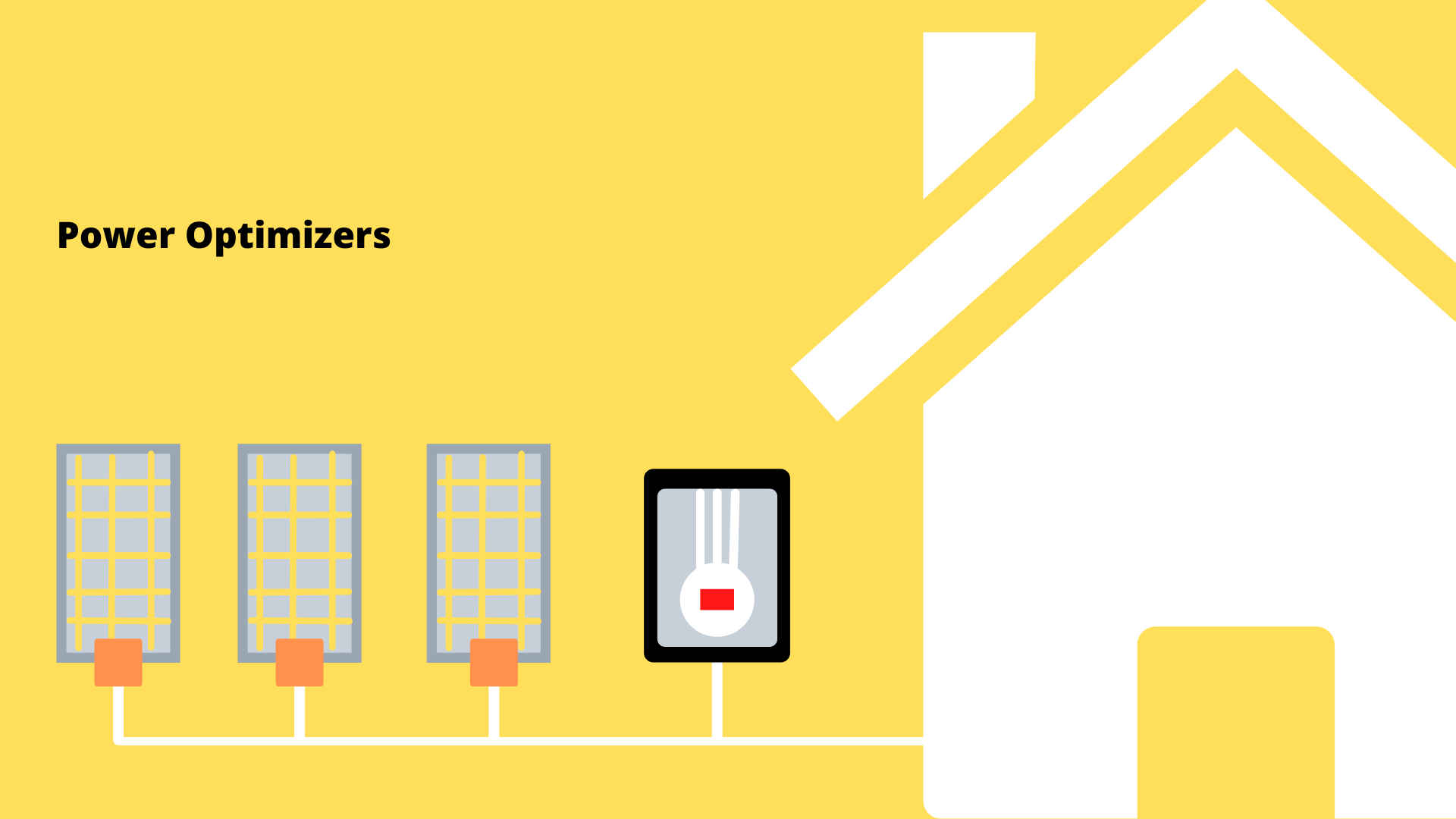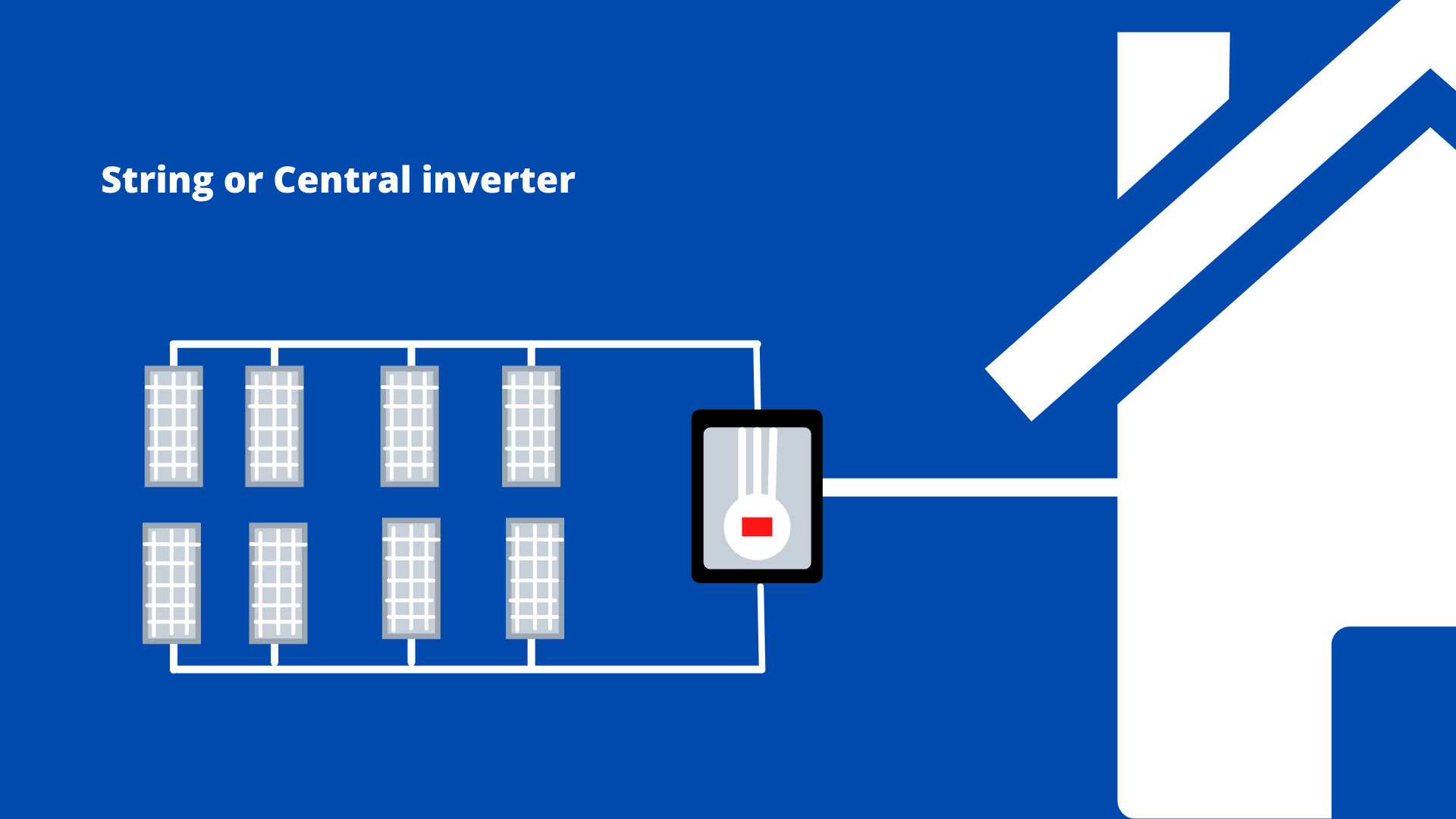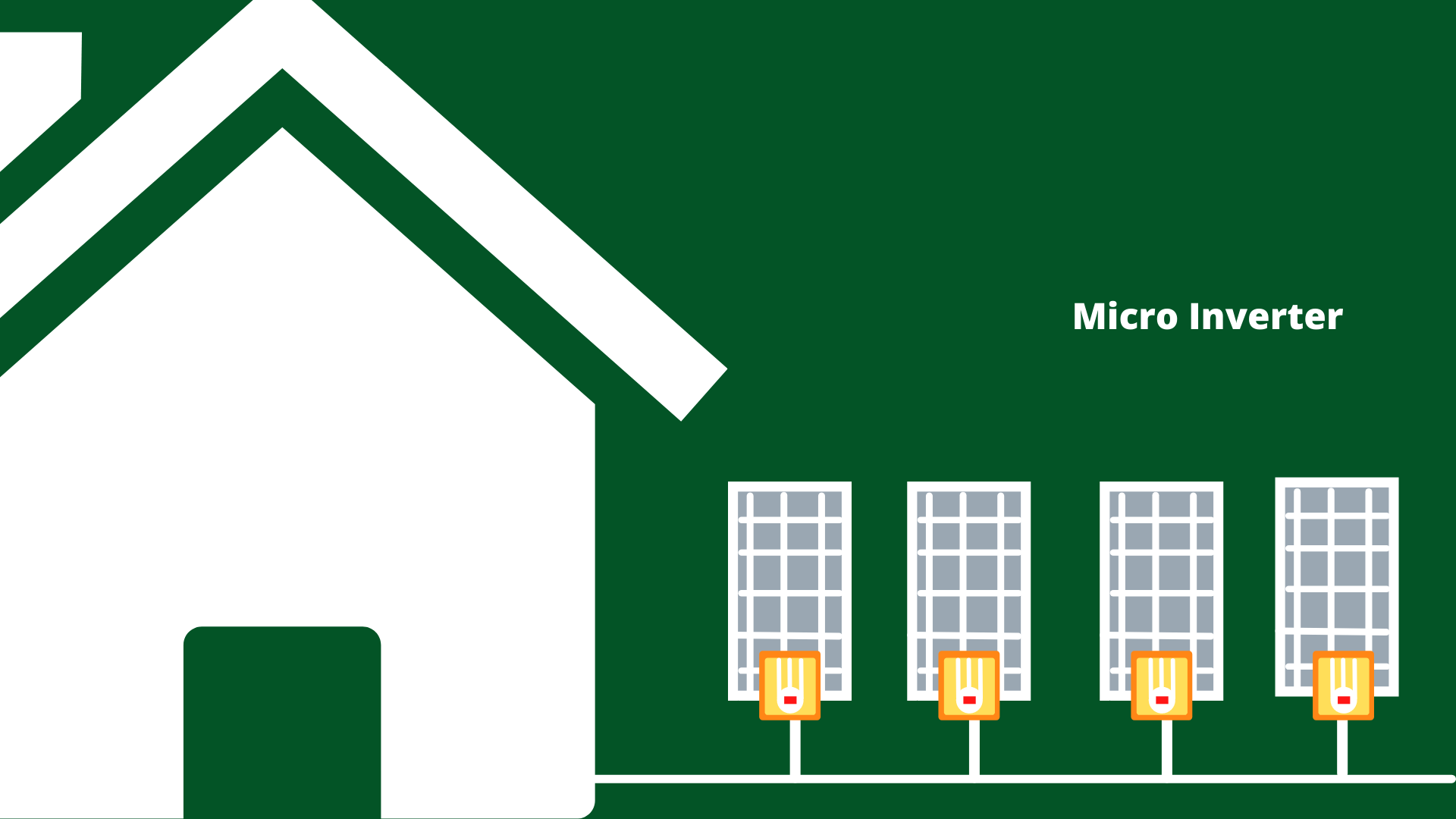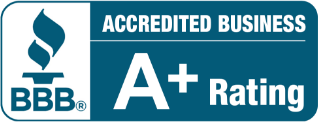What are Solar Inverters?
Solar inverters turn all the electricity produced by solar panels into usable electricity. Inverters play the most important role in solar energy. Solar power inverters convert direct current electricity (DC) to alternative current electricity (AC).
